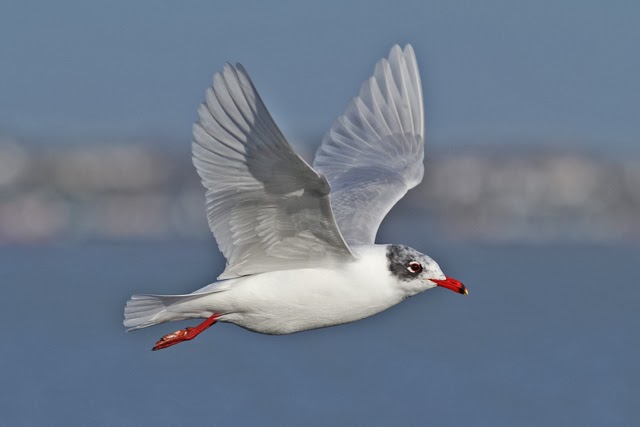 |
| Chinese Pond Heron at Saltwood, Hythe, Kent 23rd February 2014 |
 |
| Chinese Pond Heron at Mai Po, Hong Kong, August 2011 |
 |
| Chinese Pond Heron at Saltwood, Hythe, Kent 23rd February 2014 |
 |
| Chinese Pond Heron at Mai Po, Hong Kong, August 2011 |
 |
| adult Ross's Gull Kinsale, Co.Cork 22nd February 2014 |
 |
| juvenile Kumlien's Gull Kinsale, Co.Cork 22nd February 2014 |
 |
| 2nd-winter Ring-billed Gull Atlantic Pond, Co.Cork 22nd February 2014 |
 |
| 1st-winter Ring-billed Gull Limerick, Co.Limerick 22nd February 2014 |
 |
| adult Kumlien's Gull Killybegs, Co.Donegal 21st February 2014 |
 |
| juvenile Kumlien's Gull Killybegs, Co.Donegal 21st February 2014 |
 |
| juvenile Iceland Gull Killybegs, Co.Donegal 21st February 2014 |
 |
| juvenile Glaucous Gull Killybegs, Co.Donegal 21st February 2014 |
 |
| American Purple Gallinule - found dead at Carne golf course on The Mullet on 2nd Feb 2014. Since then, it has been residing in a freezer awaiting sending it to a museum. |
 |
| Juvenile Glaucous Gull, Cross Lough, The Mullet 20th February 2014 |
 |
| adult Ring-billed Gull, Belmullet, Co.Mayo 20th February 2014 |
 |
| 2nd-winter Iceland Gull Keel, Achill Island 19th Feb 2014 |
 |
| adult and juvenile Glaucous Gulls Keel, Achill Island 19th Feb 2014 |
 |
| 1st-winter Ring-billed Gull Keel, Achill Island 19th Feb 2014 |
 |
| juvenile Glaucous Gulls Dingle, County Kerry 18th February 2014 |
 |
| adult (above) and juvenile (below) Kumlien's Gulls Dingle, County Kerry 18th February 2014 |
 |
| Ring-billed Gulls Tralee Wetlands, County Kerry 18th February 2014 |
 |
| juvenile Kumlien's Gull, Inny Strand County Kerry 17 February 2014 |
 |
| two juvenile Kumlien's Gulls (above) and second-winter Kumlien's Gull (below), Inny Strand County Kerry 17 February 2014 |
 |
| 1st-winter Laughing Gull Ballycotton, County Cork |
 |
| 2nd-winter Ring-billed Gull Bantry, County Cork |
 |
| Caspian Gull 1st-winter in flooded fields off Bob Dunn Way, Dartford Marshes, Kent 9th Feb 2014. |
 |
| Med Gull, adults (above two photos), Southend Pier 2nd Feb 2014 |
 |
| Med Gull, second-winters (above three photos), Southend Pier 2nd Feb 2014. |
 |
| Med Gull, first-winter (above photo), Southend Pier 2nd Feb 2014. |
 |
| Shag, Southend Pier 2nd Feb 2014. |
 |
| 1st-winter Caspian Gull 1st Feb 2014 |
 |
| third-winter gull sp. 1st Feb 2014 |